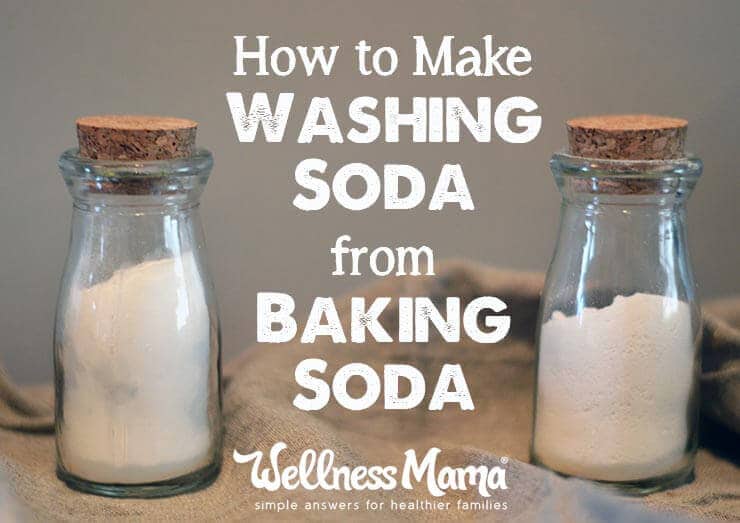- Joined
- Mar 15, 2019
- Messages
- 708
So, I have been playing with some rusty stuff and electricity. I have followed the many online sources of tips and tried my hand at electrolysis.
Little battery charger and a bucket and some washing soda and I made bubbles. I actually removed a bit of rust along the way, it just seemed really slow. For a sacrificial metal I used a rebar fence post. It was handy and didn't need it elsewhere. It was cool to watch the crud flow away from the tool and end up depositing on the fence post. But it seemed to get gunked up really fast and then the reaction slowed to a crawl. I'd have to pull it out and scrape the crud off and then it would get back to bubbling vigorously. Seems the reaction depends on having surface area not coated with the gunk from the reaction.
So I started looking for other sacrificial metal bits to use. And I couldn't find anything at first. But first the question.
You can't use stainless as the sacrificial piece because the chromium breaks down and you get poison stuff. But does that apply to using electrolysis to clean rust off chrome plated tools? I have some old open end wrenches that are chrome plated and rusty, does the chromium in the plating cause the same problem as on the other end of the process? I can't find info on that.
And then the discovery. What is cheap and steel, has a lot of surface area and everyone has some? Rebar tie wire. I tried it by looping it up and down the side of the bucket. That got me a vigorous reaction that stayed strong. Until the wire broke from being eaten away. It was about then I realized the whole surface area part didn't have to be in a continuous path, as long as there was metal not coated with gunk in contact with the water, the electricity would find it and do its' thing. So I cut some pieces of tie wire about 2 feet long, bent them double and then used another piece of wire to bind them together. It looks like an old fashioned broom. Clip the battery charger to it and hang it in the bucket partially submerged. When the gunk builds up, a quick swish gets things rolling again. When the wire breaks down, it will fall away into the bucket and then you just submerge it a little deeper for the next session.
Little battery charger and a bucket and some washing soda and I made bubbles. I actually removed a bit of rust along the way, it just seemed really slow. For a sacrificial metal I used a rebar fence post. It was handy and didn't need it elsewhere. It was cool to watch the crud flow away from the tool and end up depositing on the fence post. But it seemed to get gunked up really fast and then the reaction slowed to a crawl. I'd have to pull it out and scrape the crud off and then it would get back to bubbling vigorously. Seems the reaction depends on having surface area not coated with the gunk from the reaction.
So I started looking for other sacrificial metal bits to use. And I couldn't find anything at first. But first the question.
You can't use stainless as the sacrificial piece because the chromium breaks down and you get poison stuff. But does that apply to using electrolysis to clean rust off chrome plated tools? I have some old open end wrenches that are chrome plated and rusty, does the chromium in the plating cause the same problem as on the other end of the process? I can't find info on that.
And then the discovery. What is cheap and steel, has a lot of surface area and everyone has some? Rebar tie wire. I tried it by looping it up and down the side of the bucket. That got me a vigorous reaction that stayed strong. Until the wire broke from being eaten away. It was about then I realized the whole surface area part didn't have to be in a continuous path, as long as there was metal not coated with gunk in contact with the water, the electricity would find it and do its' thing. So I cut some pieces of tie wire about 2 feet long, bent them double and then used another piece of wire to bind them together. It looks like an old fashioned broom. Clip the battery charger to it and hang it in the bucket partially submerged. When the gunk builds up, a quick swish gets things rolling again. When the wire breaks down, it will fall away into the bucket and then you just submerge it a little deeper for the next session.


